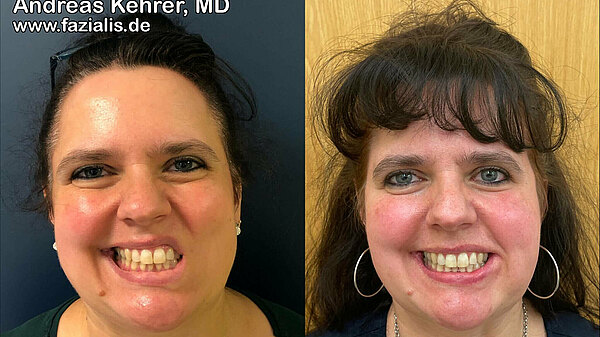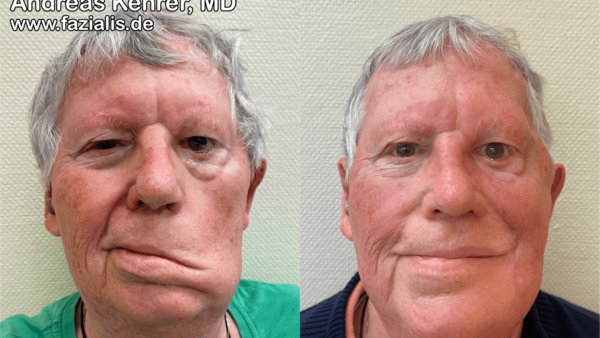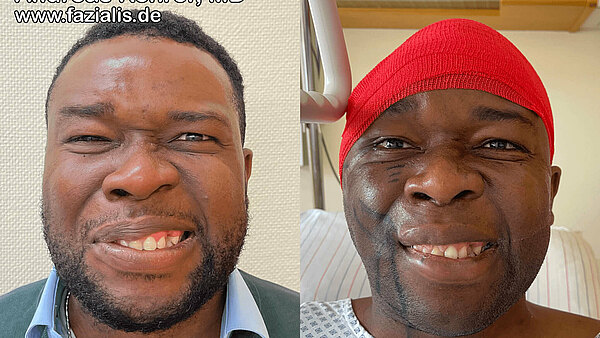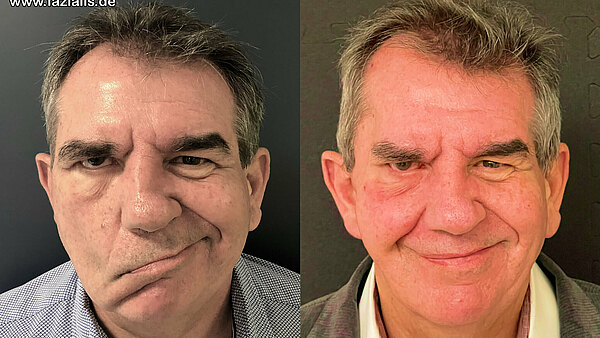All patients shown on this page have given their written informed consent to the publication of image/video material. They would like to encourage other affected patients to tackle their paralysis pro-actively and are making a very valuable contribution in this respect. For more details you can click on the images to enlarge them.
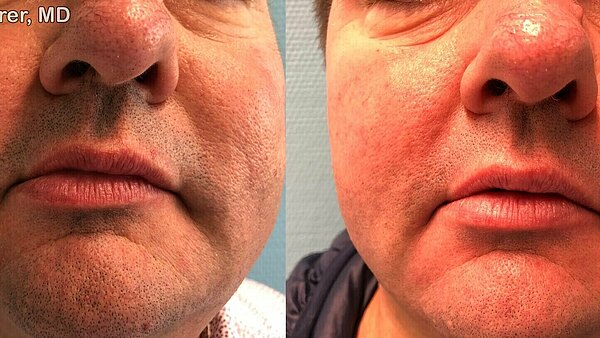
Sometimes it is the small details that make big differences for patients: this 37-year-old patient suffers from incomplete facial nerve palsy. Due to the muscular atrophy of the orbicularis oris (mouth ring) muscle, the lack of volume of the left lower lip led to an asymmetry of the lip area. After ...
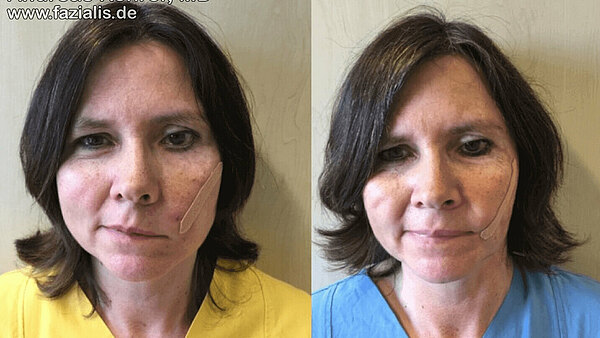
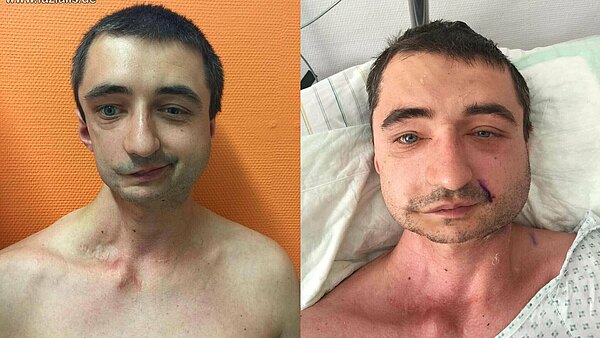
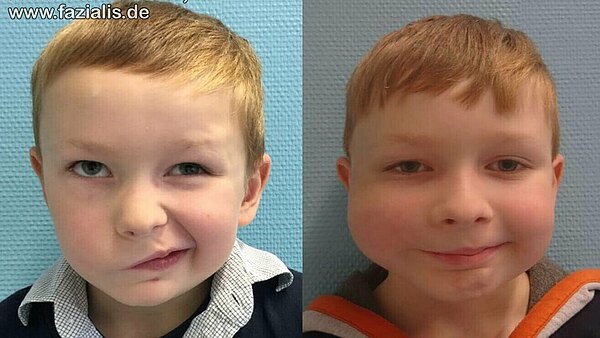
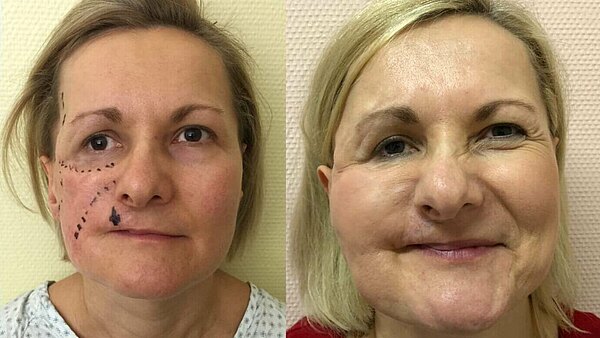
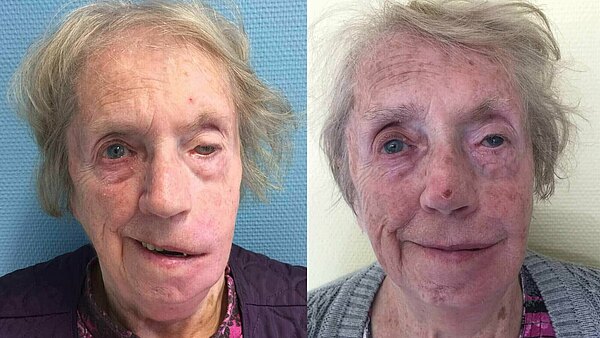
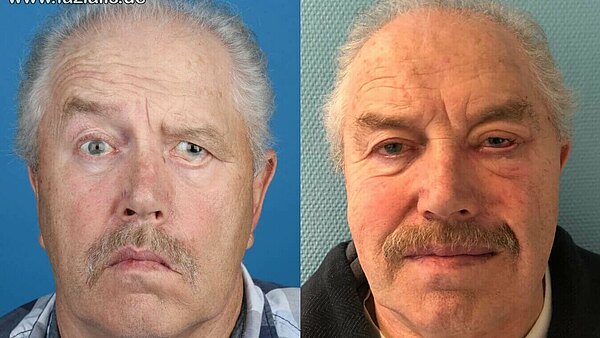
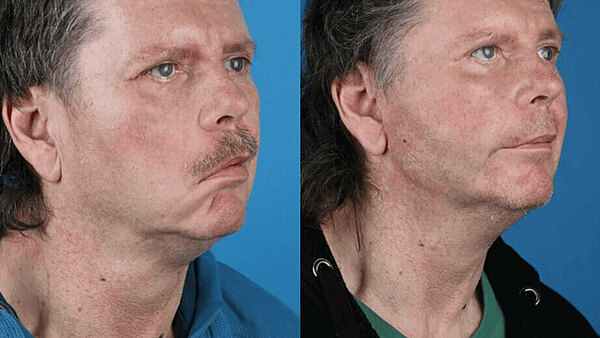
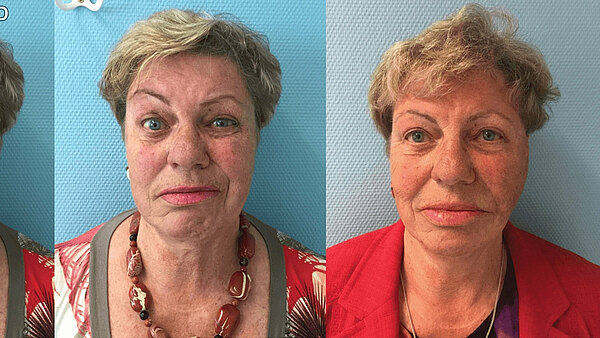
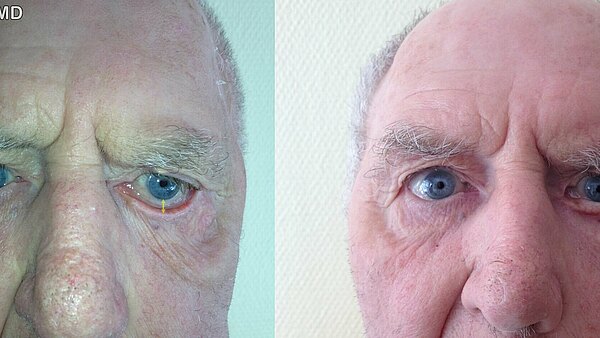
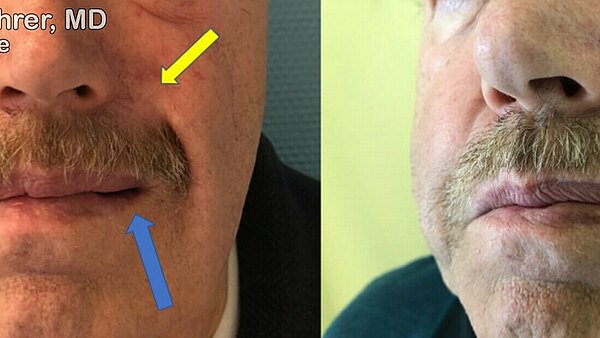
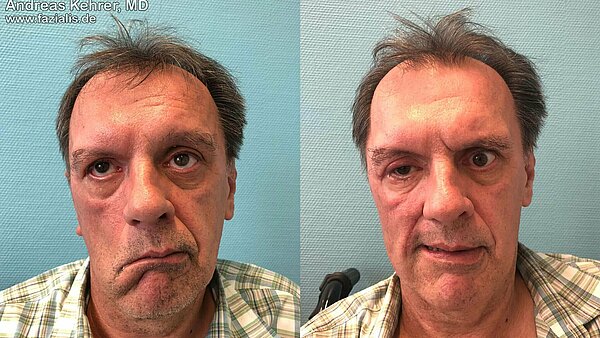
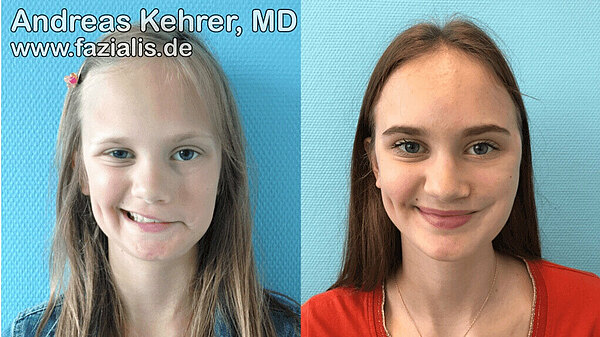
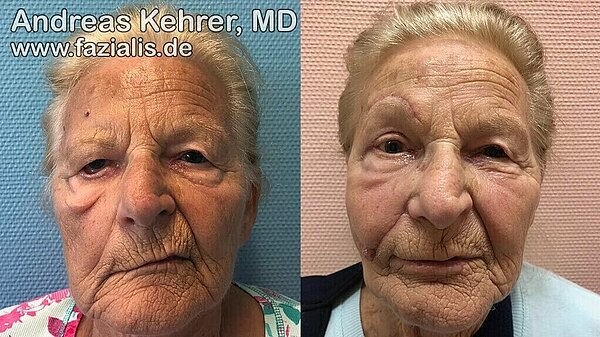
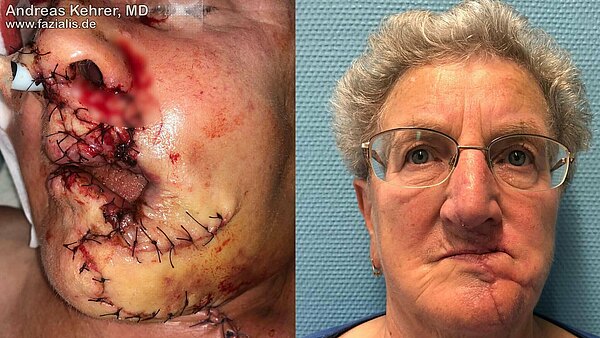
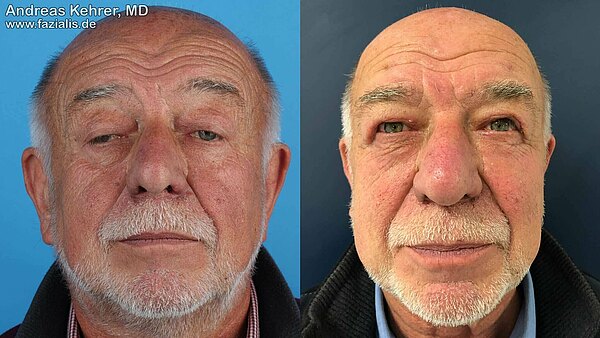
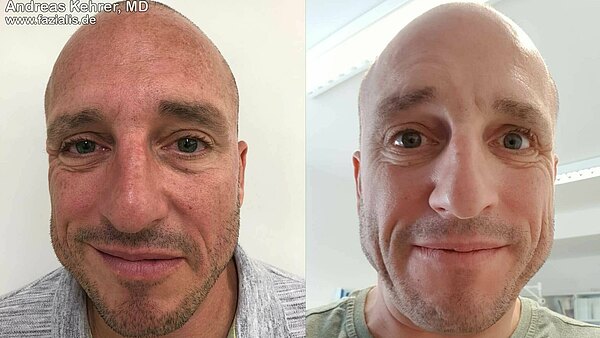
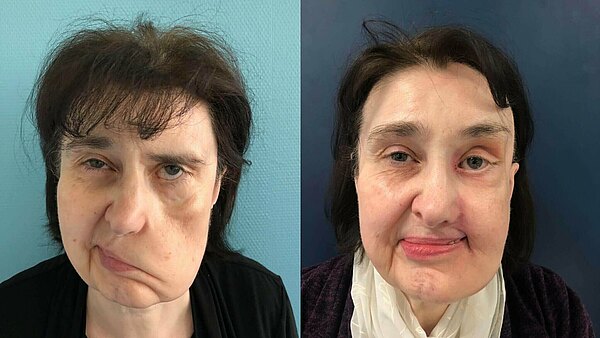
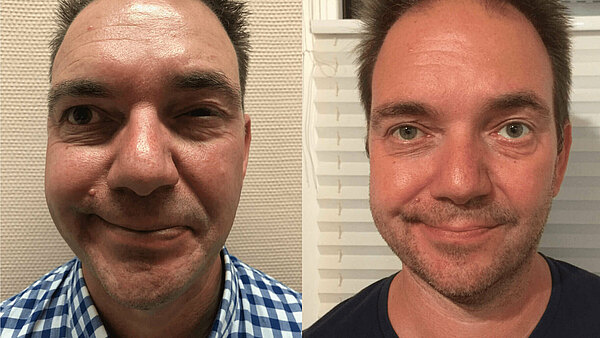
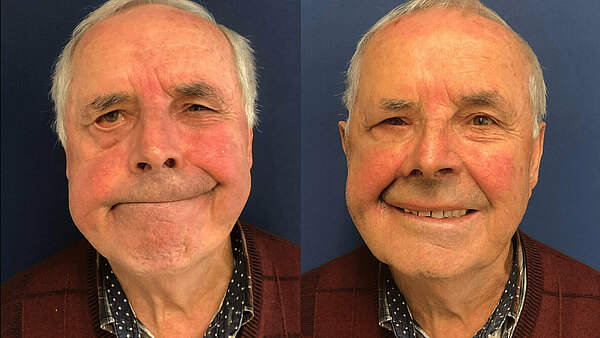
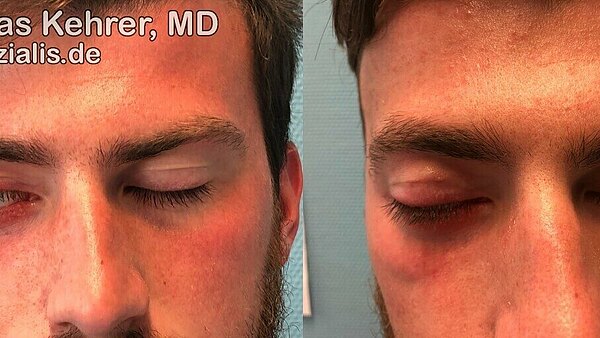
![[Translate to English:] Patient 23 [Translate to English:] Patient 23](/fileadmin/_processed_/1/7/csm_Patient_23_5ca8311c62.jpg)
![[Translate to English:] Patient 24 [Translate to English:] Patient 24](/fileadmin/_processed_/4/8/csm_Patient_24_37ef58bc73.jpg)
